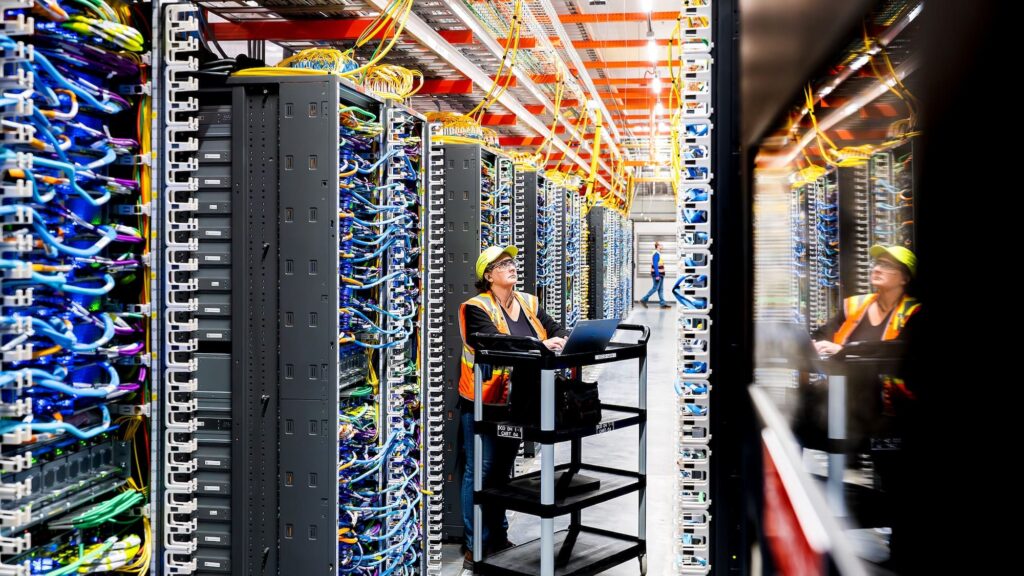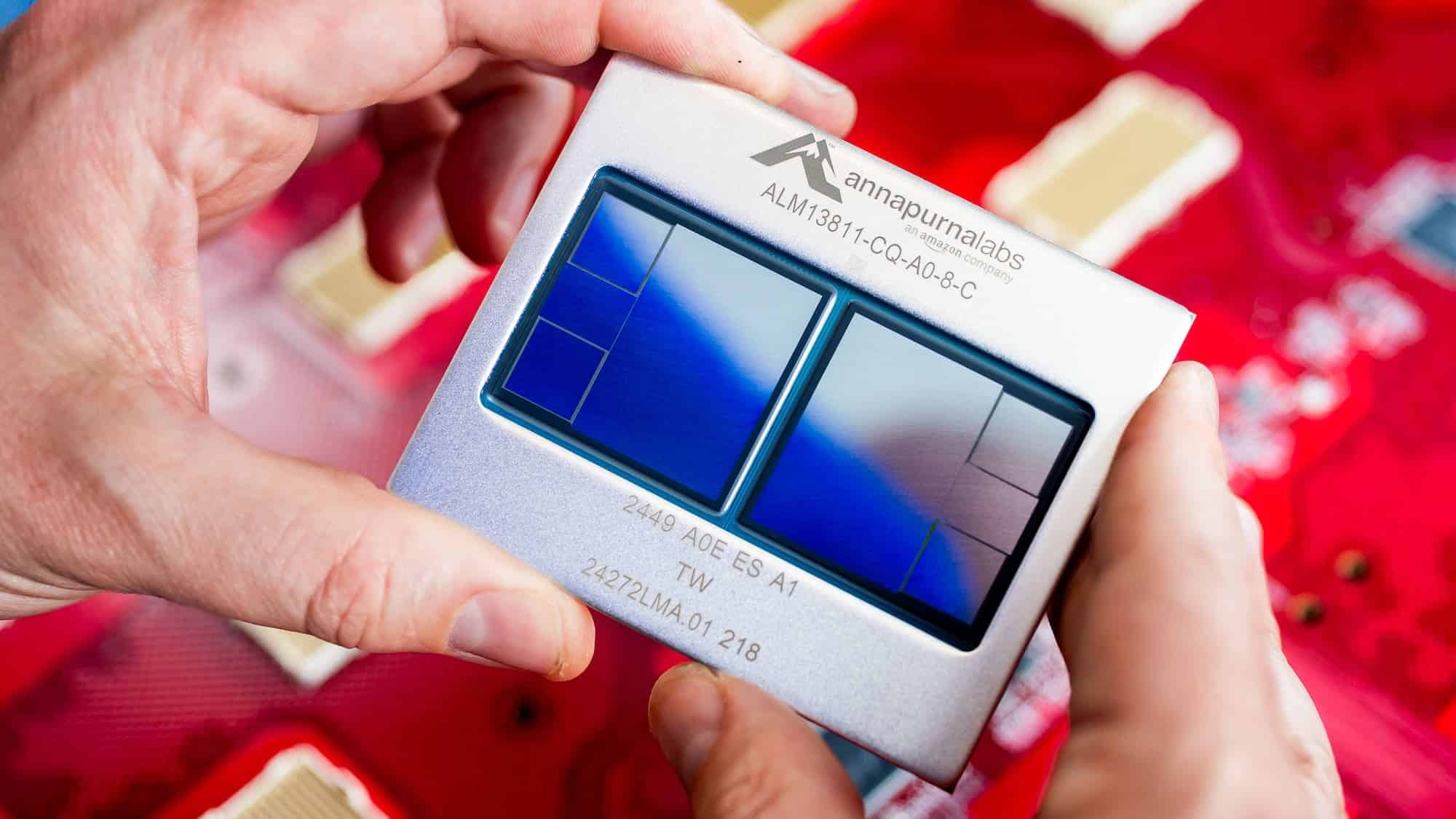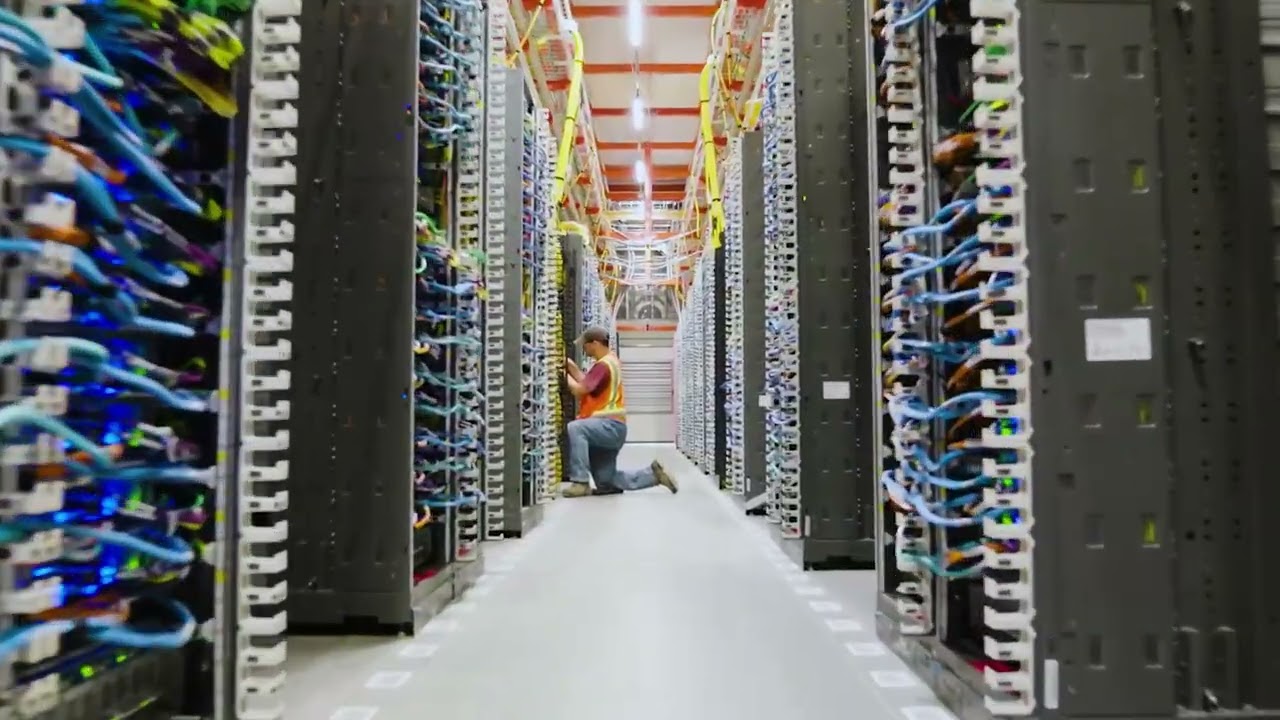Amazon Web Services (AWS) has launched Project Rainier, a macrocompute cluster for artificial intelligence that is already operational less than a year after it was announced. The installation integrates nearly 500,000 Trainium2 chips — processors designed by Amazon itself to train AI models — and has been constructed across several data centers in the U.S. connected as if they were a single supercomputer.
Its first major user is Anthropic, creator of Claude. The company is already running real workloads on Rainier and plans to surpass one million Trainium2 chips dedicated to training and inference before the end of 2025. According to AWS, the new cluster offers more than 5 times the computational power that Anthropic used to train its previous models.
What does it mean to assemble half a million AI chips?
To grasp the scale: a single Trainium2 can perform trillions of operations per second on matrix (tensor) calculations demanded by large models. Project Rainier does not assemble only a few, but hundreds of thousands, orchestrated as a single “logical machine” to train larger, faster models and with longer input sequences.
How is it built?
- UltraServers: each unit groups together 4 physical servers, and each server contains 16 Trainium2 chips. In total, 64 chips per UltraServer.
- NeuronLink (blue cables): high-speed links that connect the 64 chips within the UltraServer as if they were a single computing block, reducing internal latencies.
- EFA (yellow cables): Elastic Fabric Adapter networking technology that connects thousands of UltraServers to each other and across multiple buildings, forming an UltraCluster that behaves as a distributed supercomputer.
This design, featuring two levels of communication — fast within each “box” and flexible between “boxes” — enables scaling without traffic becoming a bottleneck.

What will all this power be used for?
Training and deploying the next generations of Claude models, with more parameters, more context, and more simultaneous tasks. Broadly, the more computational power allocated to an edge model, the more it can learn and the better its accuracy. With Rainier, Anthropic can:
- Test architectures and sizes that were previously unfeasible.
- Speed up training cycles (fewer months per version).
- Scale inference (respond to more users with larger models).
Why does it matter (even if you’re not an engineer)?
- More capable models: assistants that understand longer contexts (entire documents), reason better, and adapt to complex tasks.
- Cross-sector innovation: from medicine to energy or climate change, increased compute enables simulations and analyses previously impossible.
- Competition and costs: by manufacturing its own chips (Trainium2) and integrating the full stack, AWS aims to reduce and control training costs while competing with traditional market options.
What is Trainium2? (simple explanation)
- It’s a specialized chip for AI, designed by AWS to significantly boost performance on matrix and tensor operations.
- Uses ultra-high bandwidth HBM3 memory so data reaches cores without bottlenecks.
- Does not replace general-purpose CPUs or GPUs; it acts as a dedicated engine for training and running large AI models in the cloud.
Control of “brakes”: ensuring reliability at this scale
Moving data and coordinating tens of thousands of servers poses reliability challenges. AWS emphasizes that its vertical integration—from chip design, through system, to data center—allows optimization and diagnostics at all levels:
- Adjustments in power delivery and cooling.
- Changes to orchestration software to maximize hardware efficiency.
- Custom rack and network designs to reduce latencies and failures.
The goal: for all that capacity to be available to real customers and not be lost to downtime or bottlenecks.
Energy and water: the other side of “hyper-scale”
The inevitable question: what about consumption? AWS states that in 2023 and 2024, it matched 100% of its electricity use with renewable energy, and maintains its plan to achieve net-zero emissions by 2040.
Regarding water, it reports a Water Usage Effectiveness (WUE) of 0.15 liters per kWh, which is more than twice as efficient as the sector average (0.375 L/kWh, according to Lawrence Berkeley National Laboratory), and 40% better than in 2021.
Additionally, the company is investing in
Practical translation: setting up a “Rainier” requires substantial energy and effective thermal design. Amazon claims to offset this with renewables and efficiency techniques to contain impact while scaling.
What does this mean for users?
In the short term, you won’t see a “Rainier” button on your phone. What you will notice (gradually) is that AI models improve: more useful responses, longer contexts (full report summaries, long email threads, large codebases), finer translations, and lower latency even with heavier models.
For companies and developers using AWS, Rainier’s arrival translates into more options for training and deploying own or third-party models with predictable power and cost, leveraging Trainium2 alongside the usual GPUs.
A quick overview
- Rainier is already operational: approximately 500,000 Trainium2 chips across several interconnected data centers forming an UltraCluster.
- Anthropic scales Claude up to >1,000,000 chips by late 2025 for training and inference.
- Architecture: UltraServers (64 chips per node) with NeuronLink (intra-node) and EFA (inter-node/building-to-building).
- Goals: more than 5× the computing power compared to previous generations, to accelerate training and test giant models.
- Sustainability: WUE 0.15 L/kWh, 100% renewable electricity (2023–2024), and a net-zero by 2040 plan.
What remains to be seen
- Actual adoption pace: how much capacity is utilized for productive work and at what cost efficiency.
- Competitors: how other hyperscalers and AI chip manufacturers react.
- Environmental transparency: yearly evolution of carbon intensity and water use per region and workload type.
- Impact on open research: whether part of this power is dedicated to science, health, or climate beyond commercial models.
Bottom line: Project Rainier represents, for AWS, more than an engineering feat — it’s a strategic move to set the pace in AI development from its own technological stack. For the public, it’s not a product you can download, but the invisible engine behind future more capable models and applications that today still seem like science fiction.
via: Amazon


